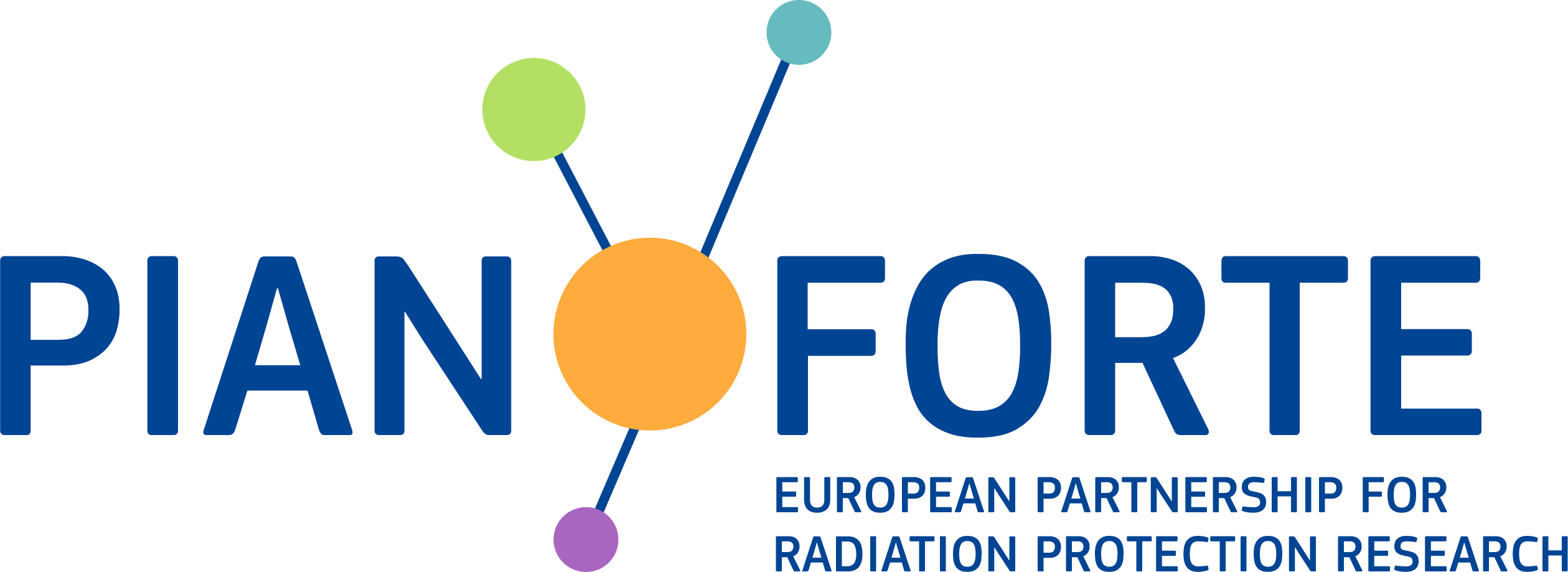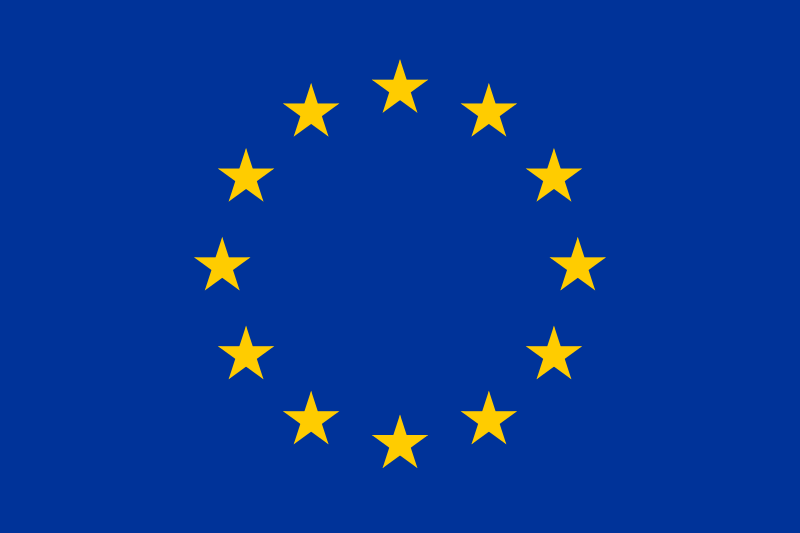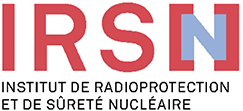Several projects will be selected that will handle several aspects linked to research priorities defined in Task 2.1, so it is important that the results from these projects can be efficiently communicated to avoid overlap and to maximise the projects’ impact. In particular, through continuous cooperation between the projects from the start, particularly in relation to stakeholder engagement (WP3), dissemination (WP6), infrastructures (WP5) and education and training activities (WP4), the resources are used efficiently, the expertise is used widely across the projects, and stakeholders’ needs are addressed properly.
After each project selection round, synergies between projects will be discussed with selected projects’ participants (coordinators and Work package leaders), including new and already running PIANOFORTE projects. Tools will be developed to monitor the project outcomes and to communicate the results between projects, as well as to promote and monitor the integration of social sciences and humanities. A systematic follow-up and analysis of project outcomes will be carried out and new means of cooperation between projects will be suggested to, and discussed with, the project coordinators and the Stakeholder and Advisory Board (in collaboration with WP3).
Interaction with authorities, international organisations and other Horizon Europe initiatives and activities is analysed and possible ways to interact are promoted to projects. Moreover, the innovation and development in the projects are captured and are steered towards applications, and links to industry and other knowledge users are encouraged. The project outcomes are steered towards good practice guides, standardisation and recommendation forming to enable the efficient uptake of the results by the end users and other stakeholders such as authorities and international organisations.
Particular attention will be given to the integration of social sciences and humanities in funded projects. Guidelines will be set up to support cross-disciplinary collaboration and inclusion of social sciences and humanities research in radiation protection projects; these contributions will be monitored, and projects will be requested to report their achievements in this area using the abovementioned tools.
Lead: STUK; Participants: SCK CEN, CEA, INSERM, NCRPP, ISS U. Exeter

 Sub-task 2.3.1 Web based tool
Sub-task 2.3.1 Web based tool
This task will develop a web-based tool for monitoring the project’s outcomes (such as scientific problems to be tackled, breakthroughs, and innovations), promoting interactions with other parties and for exchanging this information between projects. The tool will also serve to identify best practices in the integration of social sciences and humanities and citizen involvement in research.
Lead: NCRPP; Participants: STUK, SCK CEN, CEA, INSERM, ISS

 Sub-task 2.3.2 Topical workshops
Sub-task 2.3.2 Topical workshops
This task will organise online topical workshops between projects working towards the same research priorities, in particular each time a new round of projects starts. The workshop identifies synergies and possible ways to cooperate and seek possibilities to combine dissemination efforts. The SAB and relevant members of the Stakeholders Network (WP3) will be invited.
Lead: CEA, INSERM; Participants: STUK

 Sub-task 2.3.3 Monitoring of scientific progress
Sub-task 2.3.3 Monitoring of scientific progress
This task will monitor the scientific progress of the research projects and promote the integration of the different projects working towards the related research priority. The monitoring is based on scientific reports and articles, progress reports, conference contributions and innovations.
To ensure meaningful and substantive integration of social sciences and humanities, this task will also establish guidelines for integrating social sciences and humanities in funded projects, and will monitor and promote the integration of social sciences and humanities in the projects. The tool developed in subtask 2.3.1 will be used to support this subtask.
Lead: Lead: STUK; Participants: U. Exeter, SCK CEN

 Sub-task 2.3.4 Applications and recommendation forming
Sub-task 2.3.4 Applications and recommendation forming
This task will aim to capture the innovation and development in the projects and steer them towards applications. A tool developed in subtask 2.3.1 will be used. We will steer the output of the research projects towards the dissemination and recommendation forming. These recommendations should focus on improving radiation protection practices, and should be used as input to the BSS revisions. Promote connections to end users, international organisations and authorities. Provide data to Subtask 6.4.1 for measuring the impact of the PIANOFORTE project.
Lead: ISS; Participants: STUK, SCK CEN, CEA, INSERM, ISS, NCRPP






 Task 2.1 Set up the research priorities for 3 open calls
Task 2.1 Set up the research priorities for 3 open calls

